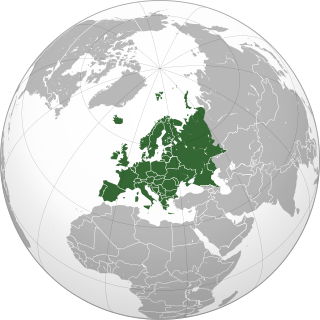
Weevils are certain beetles, namely the ones belonging to the superfamily Curculionoidea. They are usually small, less than 6 mm (0.24 in), and herbivorous. About 97,000 species of weevils are known. They belong to several families, with most of them in the family Curculionidae. Some other beetles, although not closely related, bear the name "weevil", such as the biscuit weevil, which belongs to the family Ptinidae.
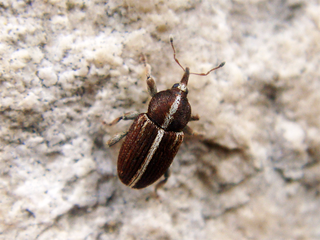
The beetle subfamily Curculioninae is part of the weevil family Curculionidae. It contains over 23,500 described species in 2,200 genera, and is therefore the largest weevil subfamily. Given that the beetle order (Coleoptera) contains about one-quarter of all known organisms, the Curculioninae represent one of the – if not the – most successful radiations of terrestrial Metazoa.

The Attelabidae is a widespread family of weevils. They are among the primitive weevils, because of their straight antennae, which are inserted near the base of the rostrum. The prothorax is much narrower than the base of the elytra on the abdomen. Attelabidae and the related family Rhynchitidae are known commonly as the leaf-rolling weevils. Rhynchitidae may be treated as subfamily Rhychitinae of the Attelabidae.

Sitona hispidulus is a species of weevil native to Europe.
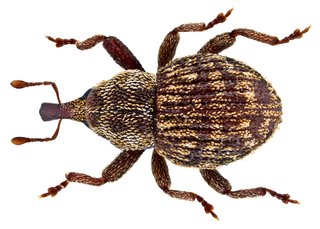
Acalles ptinoides is a species of weevil native to Europe.

Acalles ptinoides is a species of weevil native to Europe.

Archarius pyrrhoceras is a species of weevil native to Europe.

Ceutorhynchus obstrictus is a species of weevil native to Europe.

Ceutorhynchus pallidactylus is a species of weevil native to Europe.
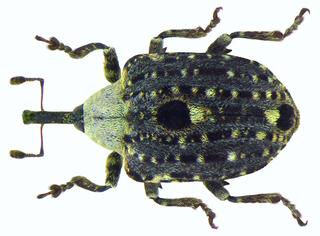
Cionus scrophulariae , commonly known as the Figwort weevil is a species of weevil native to Europe.

Coeliodes ruber is a species of weevil native to Europe.

Cryptorhynchus lapathi is a species of weevil native to Europe.
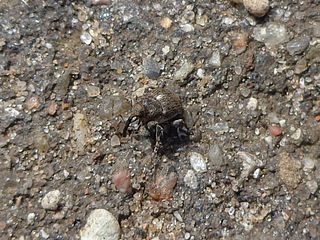
Glocianus punctiger is a species of weevil native to Europe.
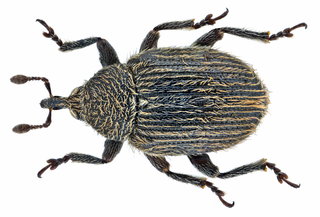
Gymnetron antirrhini is a species of weevil native to Europe.

Micrelus ericae is a species of weevil native to Europe.

Orchestes fagi is a species of weevil native to Europe. The larvae mine the leaves of beech. It is an invasive species in Canada where it is damaging to American beech.

Phytobius leucogaster is a species of weevil native to Europe.

Rhamphus oxyacanthae is a species of weevil native to Europe.
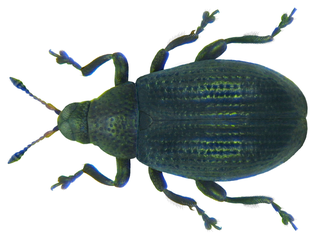
Rhamphus pulicarius is a species of weevil native to Europe.

Tanysphyrus lemnae is a species of weevil native to Europe.


